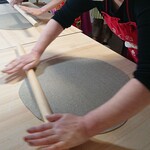
そば打ち 楽土
Sobauchirakudo
3.09
Maebaru, Shima, Nijo
「Soba」
1,000-1,999円
1,000-1,999円
Opening hours: [Open by appointment Tue, Wed, Fri, Sat, Sun]11:00 - 20:00 Open Sun.
Rest time: Monday, Thursday
福岡県糸島市二丈福井2850
Photos
(20)

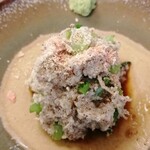
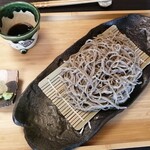
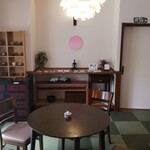
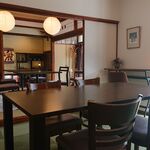
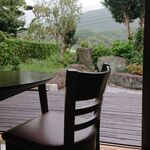
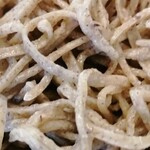
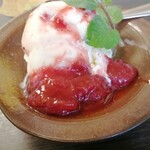
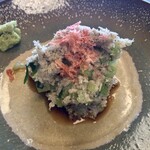
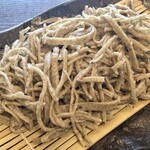
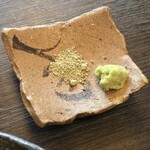
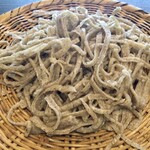

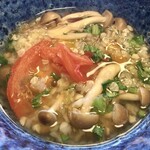

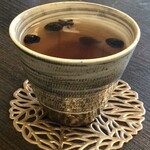


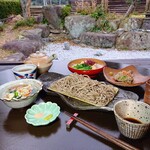
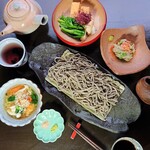
Details
Reservation Info
(on) a subscription basis
Children
Sub-supplies available (available for elementary school students)
Payment Method
No credit cards
Electronic money is not accepted
QR code payment is not available
Number of Seats
10 seats
Private Dining Rooms
None
Smoking and Non-Smoking
No smoking at the table
Parking
having
Facilities
Stylish space, relaxed atmosphere, large seating area.
Drink
Shochu available
Comments
(4)
taka_yu
4.00
If you go from Fukuoka, it's about 1 km before Fukufuku no Sato. The yellow, peculiar-looking building that resembles a pillbox is a landmark. Next to it is a house where Thai-style massage and other businesses are also located in separate rooms. There is parking space for about 7-8 cars. Reservations are required, and although the previous Sunday was fully booked, our visit on the first day of the long weekend only had us and the group before us. The soba menu consists of a course priced at 1500 yen only. There are also options like duck hot pot and soba making experience courses. The soba course includes soba-gaki, soba-kiri, soba-kome zosui, ice cream, and black bean tea, which is a surprisingly luxurious composition for the price. Interestingly, there is no tempura available. Since the previous three soba restaurants we visited did not have tempura, one of our companions insisted on having tempura, so we had tempura at Fukufuku as a side dish. Personally, I'm not particularly interested in tempura at soba restaurants, but it was a request from the companion.
Soba-gaki is made using the same flour as soba-kiri. It has a sticky texture, with soba broth underneath, and finely chopped komatsuna stems for added texture. It is sprinkled with shrimp salt. Soba-kiri, on the other hand, is quite generous in portion. It is coarsely ground with noticeable black and white specks. Despite this, the noodles are thin and not too firm, with good continuity. The flavor of the soba is excellent, although the outer shell is slightly rough. The condiments provided are konbu salt and pre-made wasabi. The konbu salt, which is green in color, has a taste similar to konbu tea powder, with a strong konbu flavor. It is recommended to eat the soba-kiri with this konbu salt at first.
As for the soba broth, I was particularly interested in it. While I believe that the best soba broth is made from hon-katsuobushi, I also appreciate the rich flavor of a mixed bonito broth like the one I experienced at Izushi Sarashina soba. I have never been impressed by a konbu-based soba broth, but I think it could work somehow. The soba broth here is made using a blend of "Osamuchan-gaeshi" (details unknown) developed over 5 years and a broth made from roasted jawbone and other ingredients. The soba broth is served in a soba cup, which is about 20% full, a bit less. It has a rich and mature flavor and taste, with a sense of calm. It has a weighty quality reminiscent of the soba broth from a long-established Edo soba restaurant.
The meal continues with tomato and soba rice zosui, ice cream with homemade strawberry jam, and finally black bean tea. The leftover black beans are still fragrant and delicious, so they should be eaten. All of this for 1500 yen is a very reasonable price. It is quite filling. The owner is a former corporate worker who transitioned to running the soba restaurant full-time in February of last year. He seems to have been in sales, and he has a very friendly demeanor, which is fitting for a soba dojo. It is a soba restaurant with a unique personality that combines dedication and the unconventional spirit of a former corporate worker. I can't help but worry about whether he can sustain the business with his lack of commercial drive.
Regarding the soba-kiri, they manually grind high-quality soba using hand-operated small stone mills to blend home-ground whole buckwheat flour with mesh-specified milled soba flour for improved continuity. The soba used is the high-quality Hitachi Aki soba known for its excellent flavor. While Hokkaido summer soba is available in August, the new soba from Hitachi Aki soba is available from December.
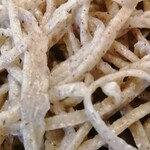
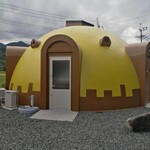

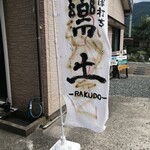
新也
3.50
Today, I finally visited a soba restaurant that I had been wanting to go to for a while. I had tried to visit before but the timing never worked out. This time, I made a reservation and cleared my schedule to go. The restaurant is located in a traditional house, and the room I was seated in was spacious with two 4-person tables. The menu only had one item: "Sosoba Zen," made with Ibaraki's Joso Aki soba. It's a rich and fragrant type of soba with a strong sweetness. The soba noodles are made with stone-ground soba flour, kneaded to a coarse texture. The dish is accented with komatsuna stems and pink sakura shrimp. It was different from the soba noodles I was familiar with. The main dish was the "Sosoba," made with a coarse-ground, 100% soba flour, hand-ground in a stone mill. It's a fresh experience for me as I don't usually eat 100% soba. I got to try two varieties: the regular coarse-ground soba and the finer-ground soba, both served with a special blend of dipping sauce and two types of salt. I started with the salt to enjoy the aroma before trying the noodles. The texture was surprisingly smooth. Since I was dining alone, I got to try both varieties. The meal ended with a soba grain porridge with a thick consistency and a nice touch of tomatoes, resembling a risotto. For dessert, I had vanilla ice cream topped with a black fig sauce harvested in Nanayamamura, Karatsu City. The ice cream and sauce paired perfectly. Lastly, I was served black soybean tea to cleanse my palate. It was a rare opportunity for me to enjoy a meal slowly and have a pleasant conversation with the owner afterwards.



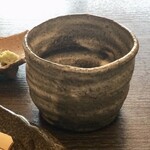
藍染たぬき
3.90
[Date: December 17, 2022 (Saturday)]
I made a reservation online for this restaurant and received a confirmation call the day before. It's a charming spot with a Showa-modern atmosphere, set in a renovated traditional Japanese house. The fact that it's reservation-only means you can enjoy a private dining experience, which is a nice touch. The hand-made soba noodles were delicious and truly satisfying! Despite its convenient location, the place has a hidden gem vibe, perfect for when you want to treat yourself a little (*^^*). I definitely want to come back again to this lovely restaurant!
[Items Ordered]
※Prices include tax
- Stone-milled Coarse-ground Silver Soba Set: 1,800 yen
[Menu]
- Coarse-ground Soba Noodles
- Steamed Itojima Vegetables and Pork
- Stone-milled Coarse-ground Silver Soba
- Soba Rice Porridge with Dashi Flavor
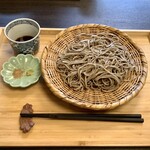
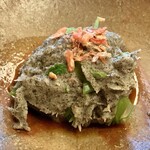
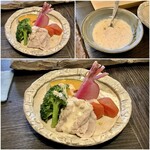
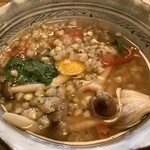
mayupapa
3.60
This is a hand-made soba restaurant located near Ooiri Station, close to the national highway. You can also experience making soba noodles at this restaurant with a reservation. I made a reservation in advance and had lunch on a Saturday. The restaurant is located in a quiet old house near the coast, with classical music playing in the background. I ordered the Itoshima Raku Soba Set for 1500 yen. First, I was served soba tea while waiting for the dishes to be prepared. The meal started with coarse soba noodles with vegetables mixed in, served with a dipping sauce and wasabi on the side, making it very easy to eat. Next, the Itoshima pork ginger stir-fry was brought to the table, accompanied by Itoshima vegetables. Finally, the hand-made soba noodles arrived. The noodles were served with salt on the side, so I first enjoyed the taste and aroma of the soba by sprinkling the special salt on them. After enjoying the soba with salt, I dipped the noodles in the dipping sauce and ate them with wasabi. The meal ended with a thick porridge made with soba grains. Finally, I had coffee and had a pleasant conversation with the owner, enjoying a leisurely time. The owner kindly explained each dish to me, and I am grateful for the delicious soba noodles that were served. The restaurant is located a little off Route 202, towards the fishing port. Itoshima Raku Soba Address: 2850 Nijo-Fukui, Itoshima City Phone: 090-8223-0732 Business Hours: 11:00-20:00 Closed: Mondays, Wednesdays, Thursdays, Fridays (Please note that prices, business hours, and closing days are subject to change, so please confirm with the store before visiting. If you like, please click here to vote in the rankings.)
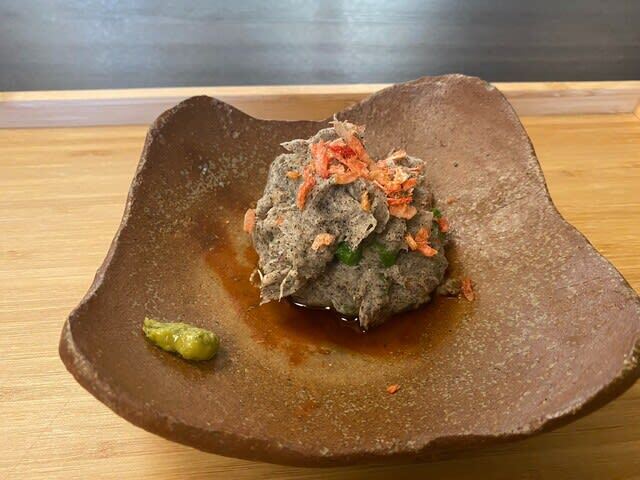
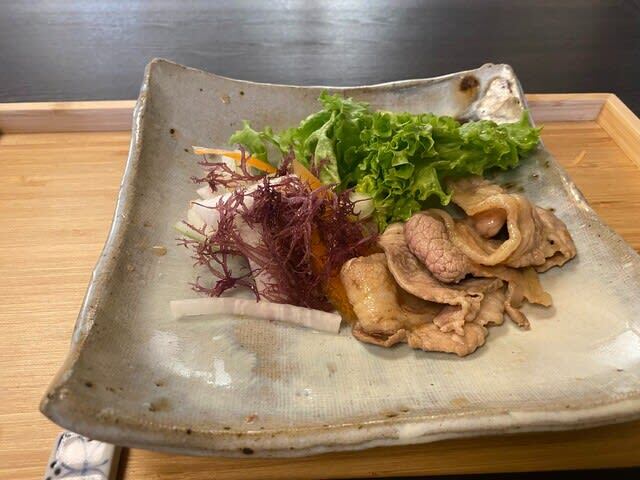
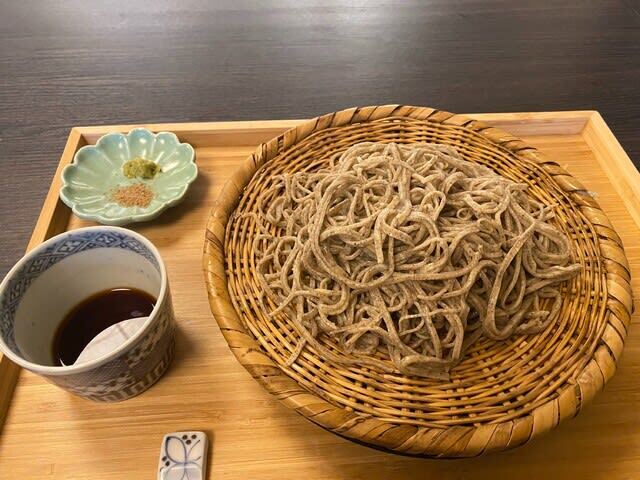
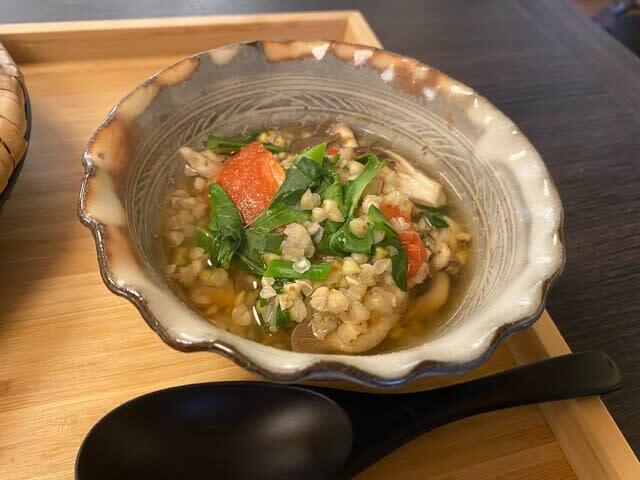
Email Login